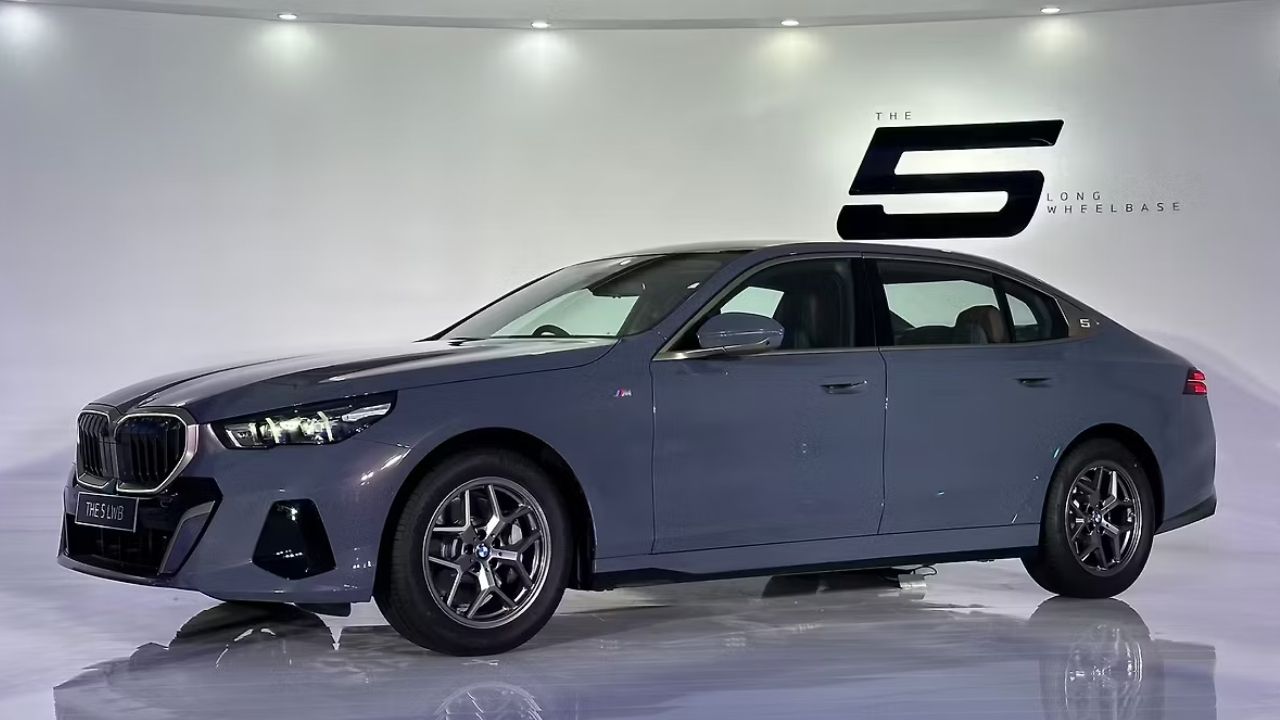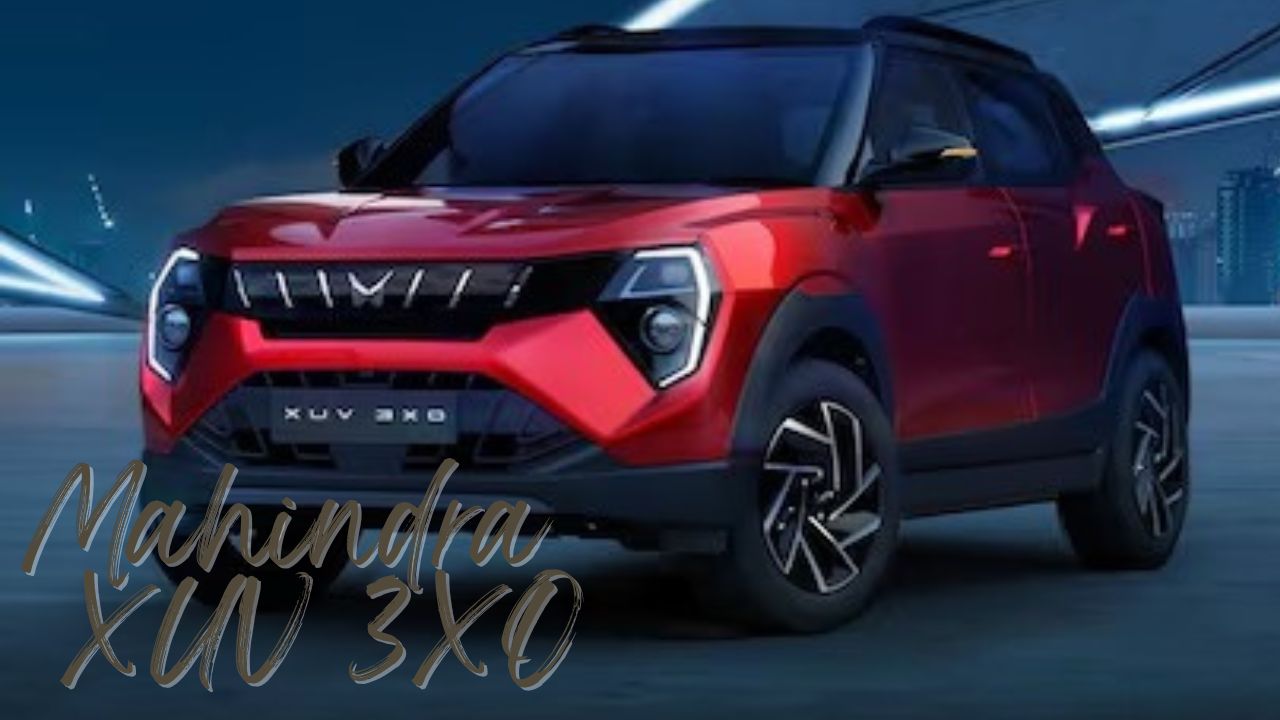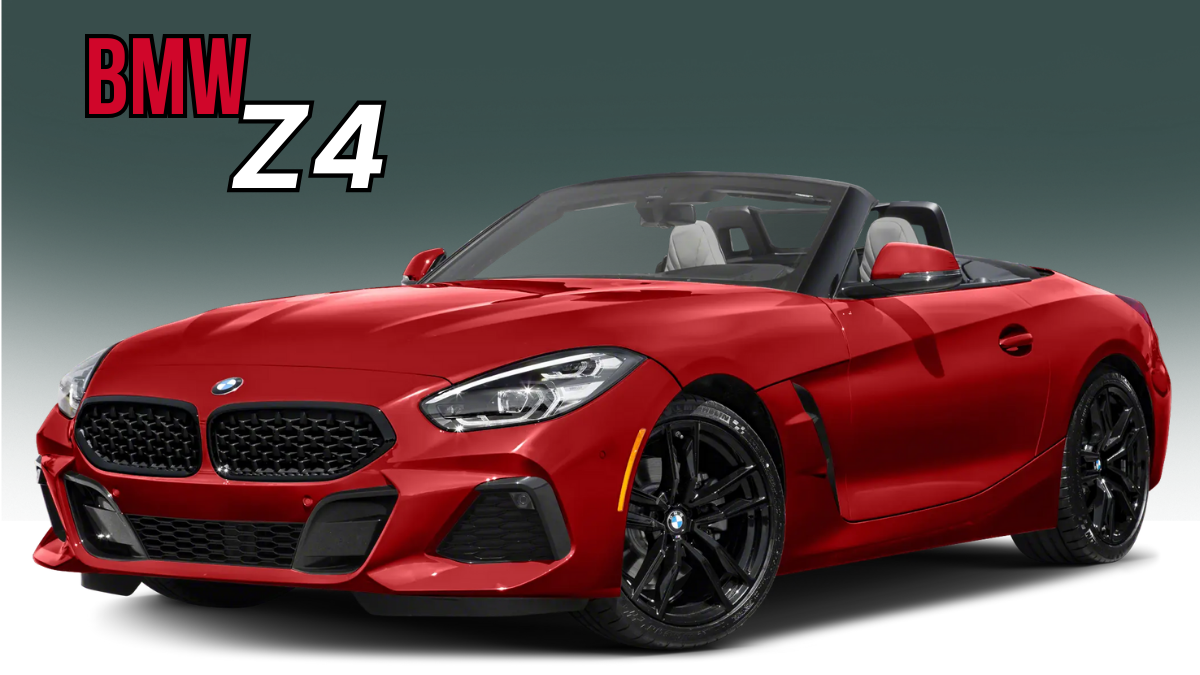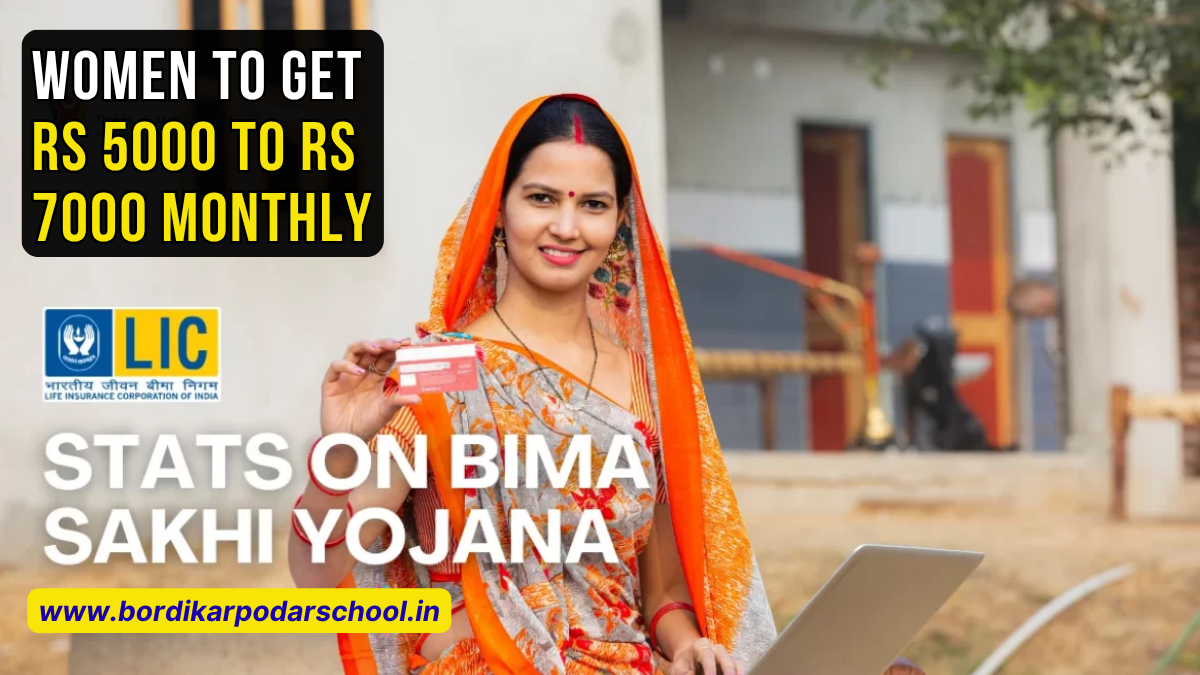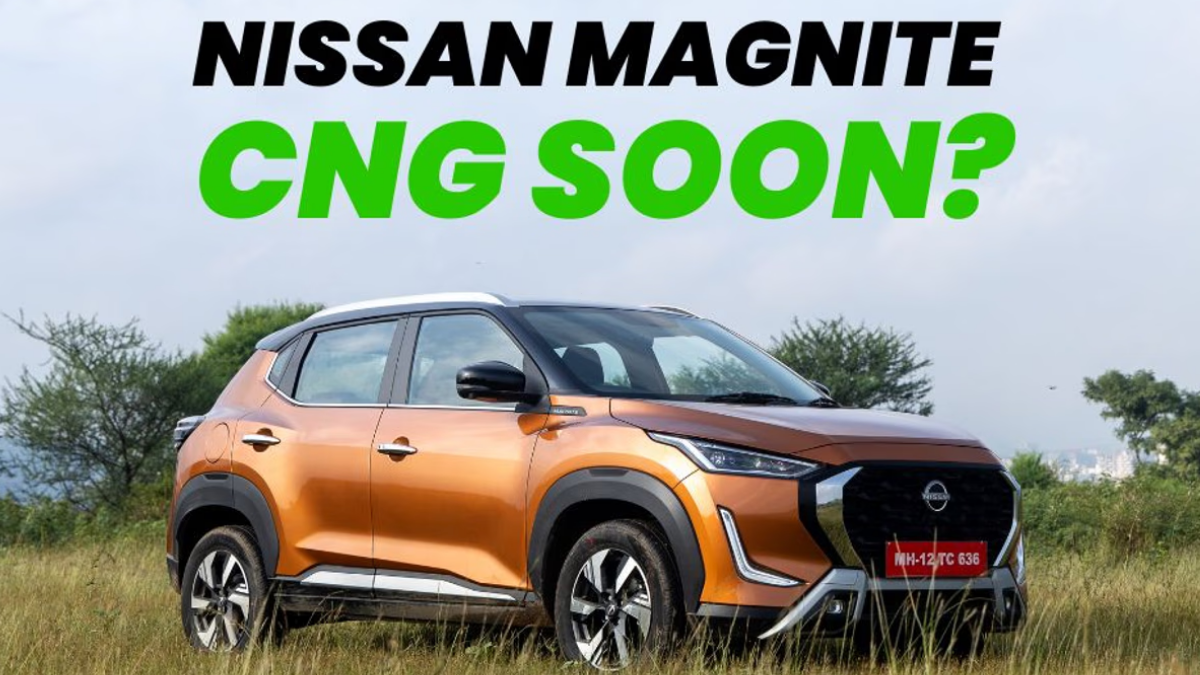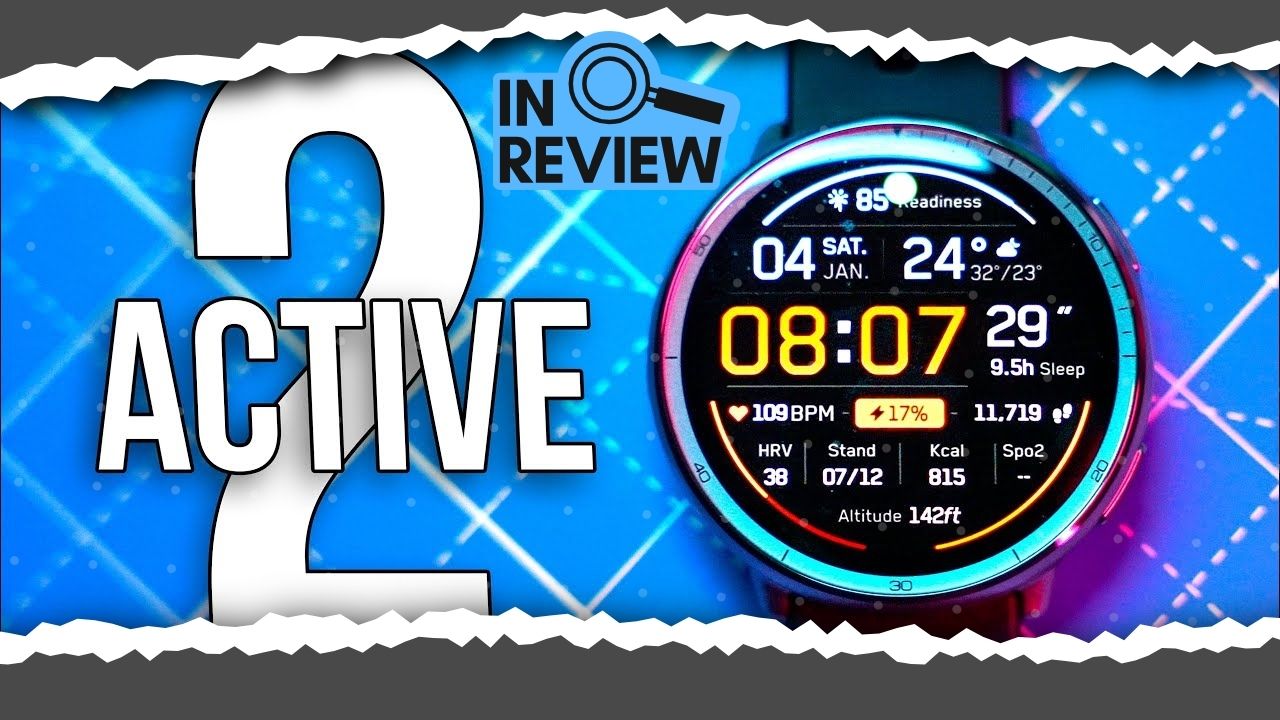Prime Minister Narendra Modi is facing one of the toughest diplomatic challenges in recent years as U.S. President Donald Trump imposes new 50% tariffs on Indian goods, effective from August 27, 2025. The reason? India’s continued purchase of discounted Russian oil, which Washington claims helps fund Russia’s war in Ukraine.
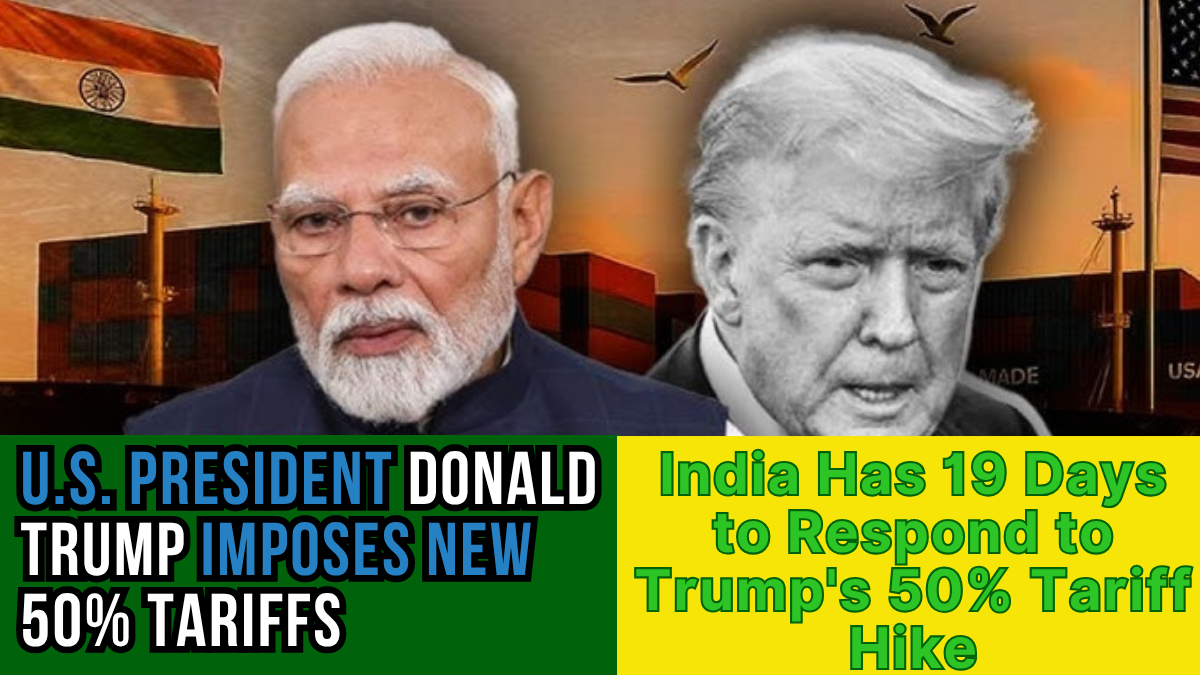
In retaliation, New Delhi has called the move unfair, while beginning a series of high-level diplomatic engagements to realign global trade partnerships, protect domestic interests, and reaffirm strategic alliances—particularly with China, Russia, and BRICS partners.
Quick Summary: India’s Diplomatic Dilemma in Face of US Tariffs
| Key Detail | Information |
|---|---|
| Tariff Announcement Date | August 6, 2025 |
| New Tariff Rate on Indian Exports | 50% (up from 25%) |
| Effective Date of Tariffs | August 27, 2025 |
| Reason for Tariff Hike | India’s continued oil imports from Russia |
| India’s Response | Called the move “unjustified” and “unfair” |
| Diplomatic Actions | Modi’s upcoming visits to China and Russia, phone calls with Brazil |
| US Position on Talks | Trump refuses further trade negotiations until tariffs are resolved |
| India’s Alternatives | Exploring new markets in Africa, Latin America, Middle East, South Asia |
| Official Source | https://mea.gov.in |
Understanding the Tariff Shock: Why Did the U.S. Act?
President Trump’s August 6 announcement of a 25% additional tariff on Indian goods—bringing the total up to 50%—is part of a broader strategy to pressure countries continuing trade with Russia. India has been a major importer of Russian oil, capitalizing on steep discounts following Western sanctions.
Speaking from the Oval Office, Trump stated there would be no trade negotiations with India until the matter of tariffs is resolved, effectively shutting down talks at a critical time.
India’s Immediate Diplomatic Reactions
India’s Ministry of External Affairs quickly labeled the tariff hike as “lacking logic”. Secretary for Economic Relations Dammu Ravi commented that the issue was a “temporary aberration” and emphasized India’s ability to find alternative global markets.
“If the US becomes difficult to export to, we will automatically look at other opportunities,” Ravi said, citing regions such as Africa, Latin America, the Middle East, and South Asia as new trade frontiers.
Diplomatic Mobilization: Global Engagements Underway
1. PM Modi’s China Visit (Aug 31–Sep 1)
Modi will attend the Shanghai Cooperation Organisation (SCO) Summit in Tianjin—his first visit to China since 2018. The summit also offers a platform for a bilateral meeting with Chinese President Xi Jinping, where economic cooperation is expected to be a major agenda item.
China’s ambassador to India, Xu Feihong, backed Modi indirectly by criticizing Washington’s tariff aggression:
“Give the bully an inch, he will take a mile.”
2. Strengthening Russia Ties
Indian National Security Advisor Ajit Doval met with President Vladimir Putin in Moscow, reaffirming commitment to the India-Russia strategic partnership. Foreign Minister S. Jaishankar is also scheduled to visit Russia later this month.
Putin is expected to visit India later in 2025 for the annual bilateral summit.
3. India-Brazil Coordination on BRICS Response
Modi also held talks with Brazilian President Luiz Inácio Lula da Silva. Brazil, also affected by the US tariffs, issued a joint statement emphasizing BRICS solidarity. Both nations are expected to coordinate a unified response through the BRICS framework.
India’s Trade Alternatives and Strategic Pathways
With U.S. markets temporarily restricted, India is evaluating a pivot toward:
- African markets for manufacturing and agriculture exports
- Latin America as an emerging trade partner
- Middle Eastern and South Asian markets for both imports and exports
This also opens discussions for currency swaps, barter trade, and digital trade corridors in a bid to reduce over-reliance on Western economies.
Domestic Implications: Farmers, Dairy, and Nationalism
In a strongly worded statement, PM Modi vowed not to compromise on farmer interests:
“India will never compromise on the wellbeing of its farmers, dairy sector, or fishermen—even if I have to pay a personal price.”
This marks a clear rejection of Western demands to restructure or dilute India’s agricultural protections in exchange for tariff reductions.
Trump’s Broader Tariff Campaign: Not Just India
- China may face a fresh wave of tariffs on August 12, pending the expiration of a temporary truce.
- Trump has floated 100% tariffs on sectors like semiconductors, pharmaceuticals, automobiles, and steel.
- India and Brazil are currently the most affected nations due to their continued trade with Russia.
Frequently Asked Questions (FAQs)
Q1. When will the new U.S. tariffs on Indian exports take effect?
Ans. The 50% tariff will come into force on August 27, 2025.
Q2. Why is the U.S. increasing tariffs on Indian goods?
Ans. The U.S. cites India’s continued oil imports from Russia as the reason, claiming it indirectly funds the Ukraine war.
Q3. What is India doing to counter this move?
Ans. India is exploring new global trade partnerships, strengthening BRICS cooperation, and preparing diplomatic talks with China and Russia.
Q4. Will India stop importing Russian oil?
Ans. India is open to reducing imports from Russia, but only if alternate suppliers match Russian pricing.
Q5. Where can I get official updates on this issue?
Ans. Visit the Ministry of External Affairs: https://mea.gov.in
Conclusion: A Defining Moment for India’s Global Strategy
The 19-day countdown to Trump’s 50% tariff implementation puts Prime Minister Modi at a diplomatic crossroads. Rather than react impulsively, India is responding with a strategic blend of global outreach, regional cooperation, and policy rebalancing.
From reinforcing ties with Russia and Brazil to re-engaging with China and exploring new export markets, India is shaping a multipolar global strategy. Whether this crisis transforms into an opportunity depends on how swiftly and strategically India can pivot, diversify, and assert its trade sovereignty.
For More Information Click HERE


